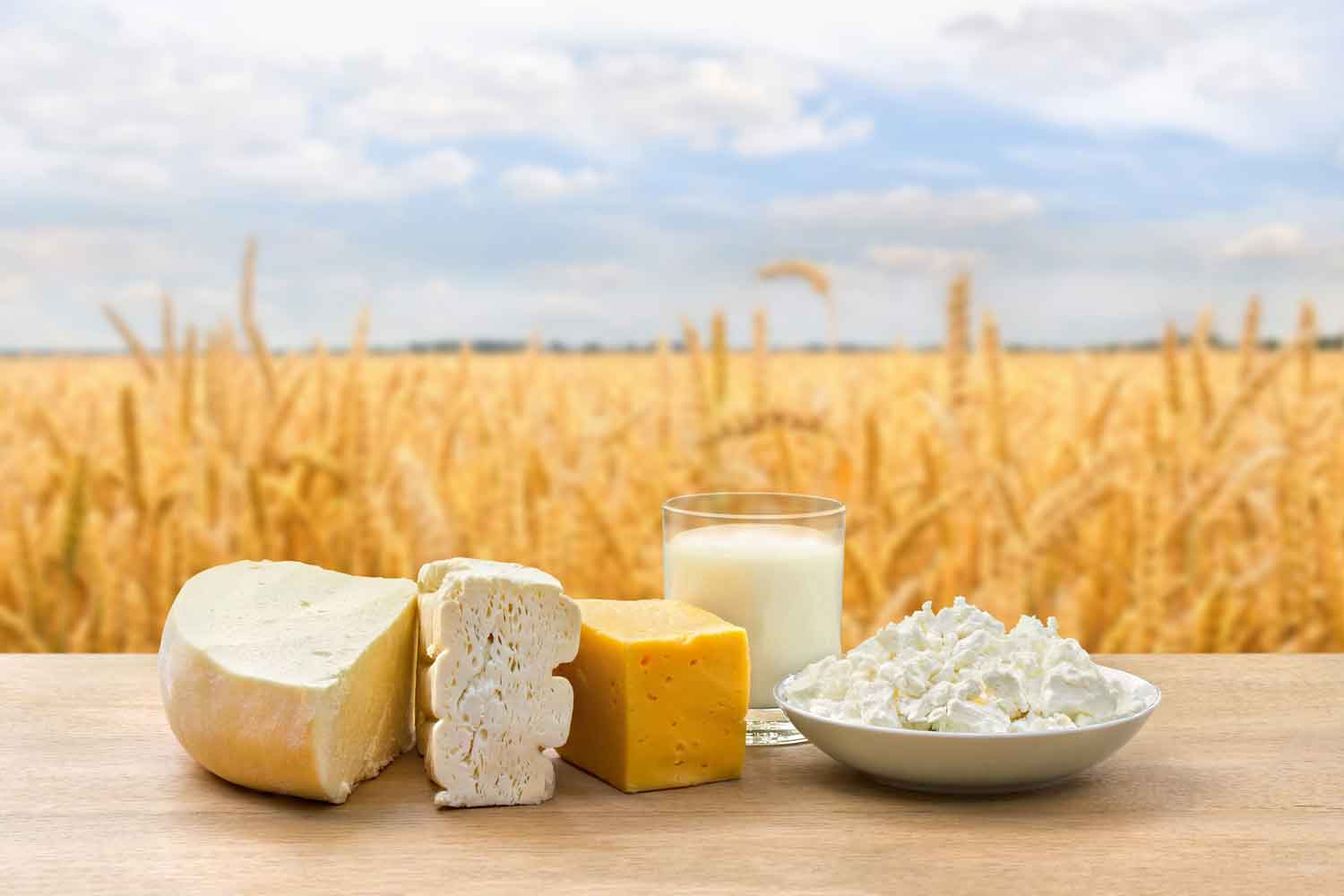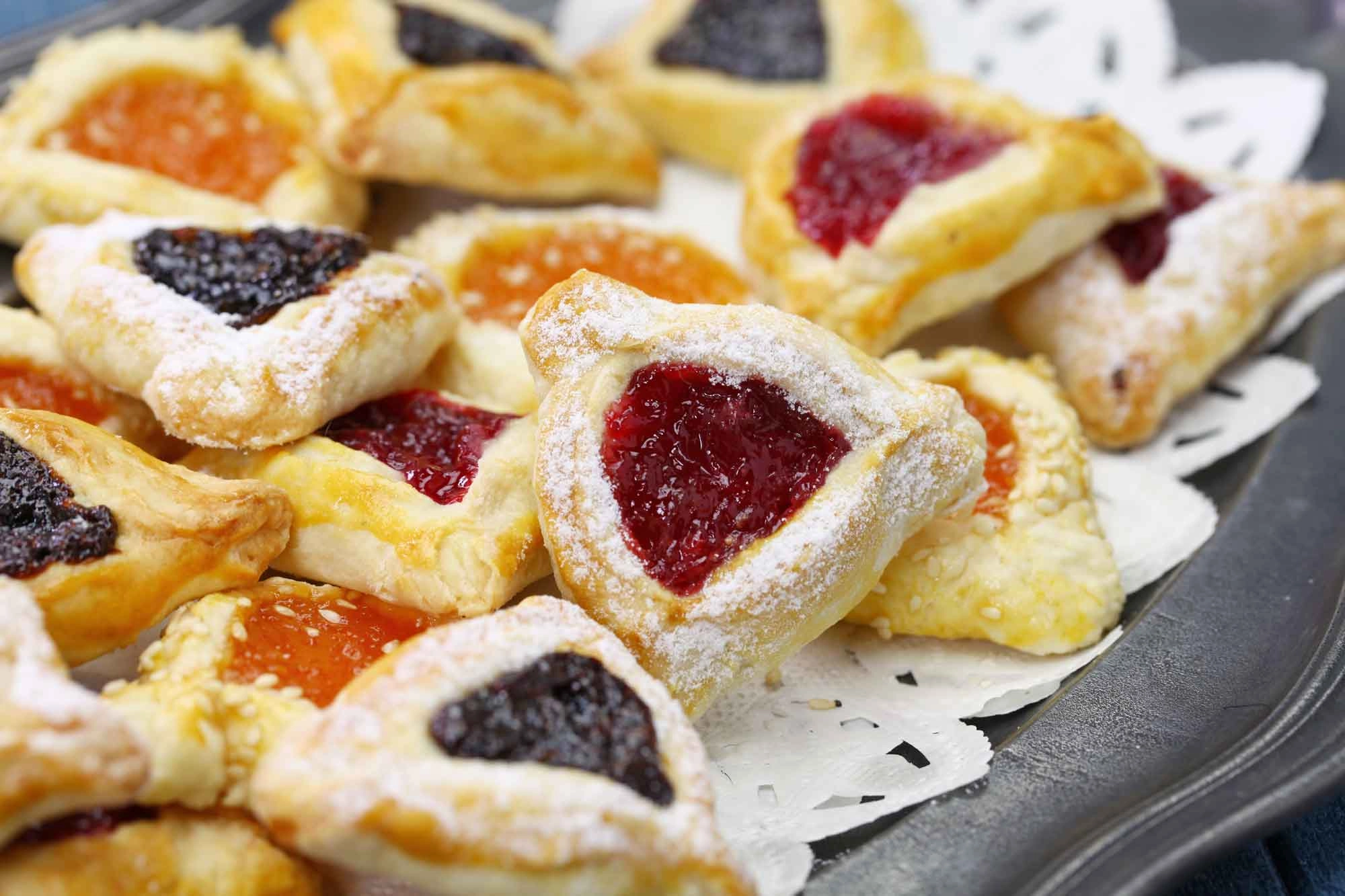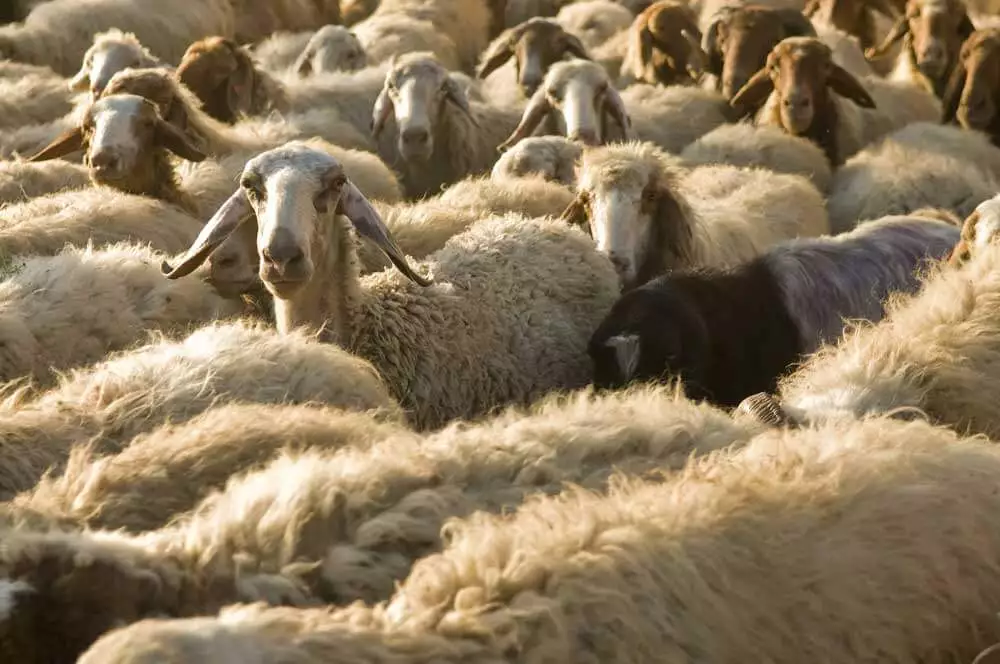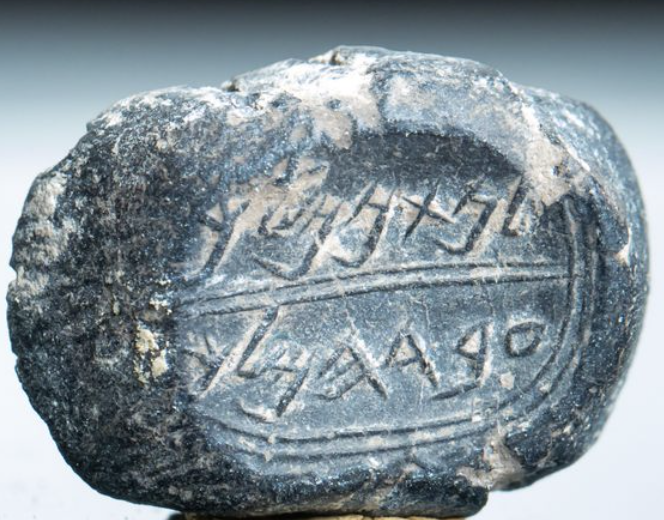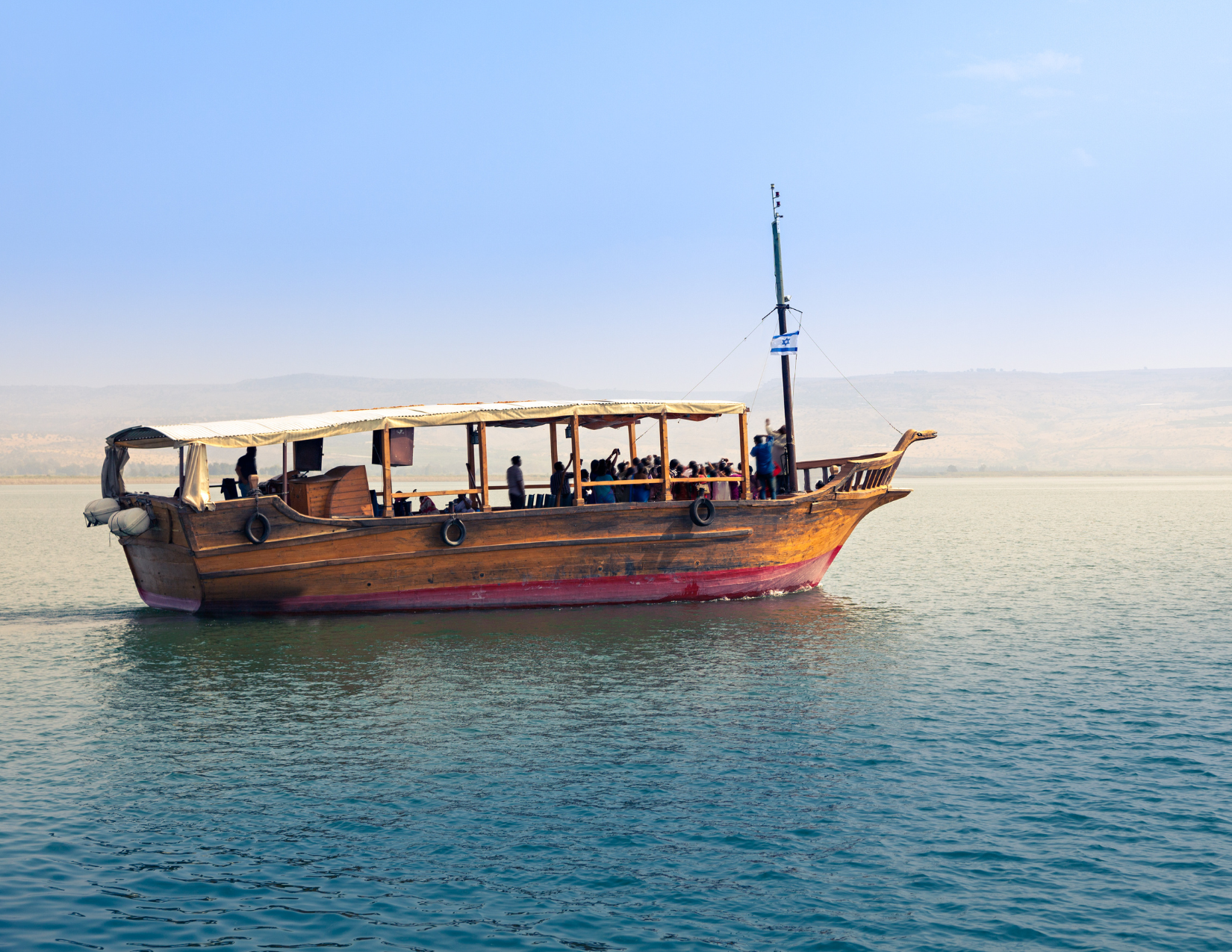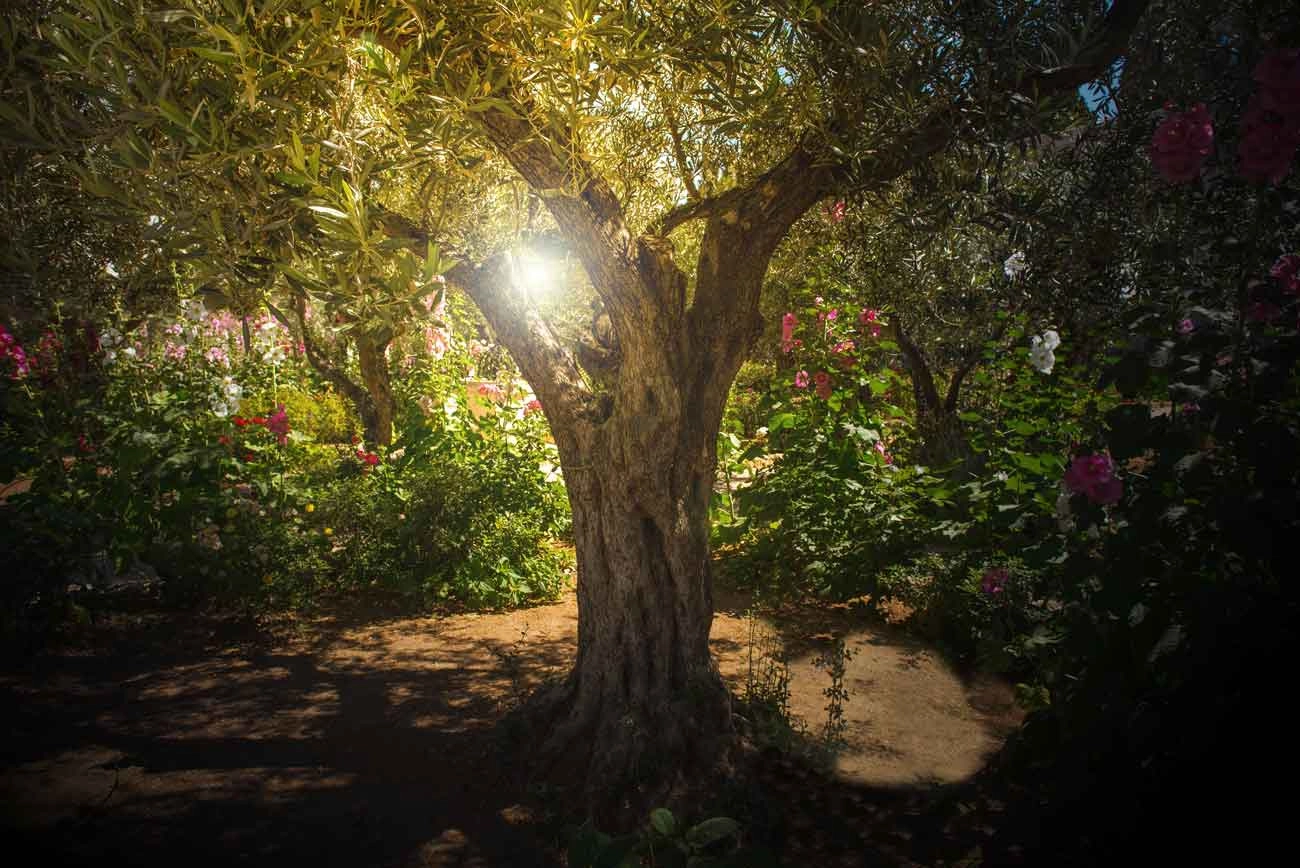The celebration and observance of Shavuot was celebrated this week in the Jewish faith and it is a national holiday in Israel. Shavuot is also known as the “celebration of weeks” because it commemorates the weeks it took to travel to Mt. Sinai to receive the Torah after leaving Egypt. Shavuot takes place exactly 50 days after the last day of Passover. It takes place on the sixth day of Sivan.
History of Shavuot
The giving of the Torah is of course one of the most significant events in Jewish history. It is one of three festivals in the Jewish faith; Passover, Shavuot and Sukkot. It happens yearly, 50 days following Passover, or seven weeks, the amount of time it is said it took to travel from Egypt to Mount Sinai. There, Moses received the law, or the Torah from God.
It is also connected to agriculture as it was around the time that barley and wheat were harvested, so thanks was given for the harvest.
It is said that King David was born and died on Shavuot, according to Jewish Tradition.
How is Shavuot Celebrated?
Shavuot is celebrated in a variety of ways by both deeply orthodox Jewish people and more secular. Here are a few ways:
Reading Torah on Shavuot
Some Jewish people will stay up all night reading the Torah that was given to Moses. It helps honor its importance as well as helps them feel connected to the story.
Decorate the Houses and Synagogues for Shavuot
Due to its ties to agricultural bounty and thankfulness for God meeting our spiritual and physical needs houses and places of worship are often decorated with branches, greenery and flowers.
Reading of Ruth on Shavuot
Many people use this time to read the story of Ruth, the Moabite widow who chose to become Jewish and honor her Jewish mother-in-law, Naomi. Ruth would be rewarded by God for her good spirit by blessing her with a kinsman redeemer, Boaz and would give birth to Obed, the father of Jesse, the father of King David.
Eating of Dairy on Shavuot
Dairy is the traditional feast item for this festival. While fruits are the major foods of Sukkot and unleavened products are inherently connected to Passover, dairy rules the day for Shavuot. Some people say this is because the Torah is like milk nourishing God’s children. Others say it is because dairy would have been plentiful in the spring season. Whatever the reason, it isn’t Shavuot without dairy as far as the eye can see!
So what are some traditional dairy foods eaten on Shavuot? Kugel, a sweet noodle dish that is made with butter, cream cheese, sour cream and milk. It definitely qualifies for a dairy rich dish! Another popular dish are blintzes, which are Hungarian pancakes and stuffed with various fillings, one generally being cream cheese. The most popular dish though associated with the day has to be a universal favorite with no need for explanation and fond at Jewish delicatessens everywhere: Cheesecake.
if you are looking for less used but still dairy-rich ideas consider a tres leches cake, macaroni and cheese, or another item you will find throughout Israel; Knafeh, a sweet cheese pastry dish.
What is the Connection of Shavuot and Pentecost?
What many may not realize is that the most famous Shavuot celebration of all was spoken of not in the Old Testament but rather the New Testament. Jesus became the ultimate sacrificial lamb during Passover, when he was crucified. After his resurrection, he ascended to Heaven forty days later (Luke 24:50 and Acts 1). The festival would then have taken place about a week later.
According the the Bible in Acts 2:5, “Now there were staying in Jerusalem God-fearing Jews from every nation under heaven.” These Jews would have been there to celebrate the festival, a major holiday especially at that time. While Shavuot was about receiving the word of God in the form of the Ten Commandments, this Shavuot brought a new word from God… The gospel of Jesus.
Pentecost and Shavuot Locations
Many people make it a point to travel to Israel for their Christian Holy Land Tour during Shavuot and Pentecost. This is a wonderful time to visit Israel before it gets hot. It is a joyous time in Israel and especially Jerusalem where all men in ancient Israel were required to travel to not the festival.
As with all major holidays and festivals, the Temple would have been the hub of most activity surrounding the day. You will see large crowds that day at the Western Wall as men and women visit to say prayers and read Torah.
The Cenacle or “The Upper Room” is a room in the compound around the Tomb of King David. This is traditionally seen as the place where Jesus held the Last Supper as well as where the apostles were when the Holy Spirit came upon them. You can visit this location on your trip to Israel! Contact one of our helpful tour operators today for your risk free booking!

